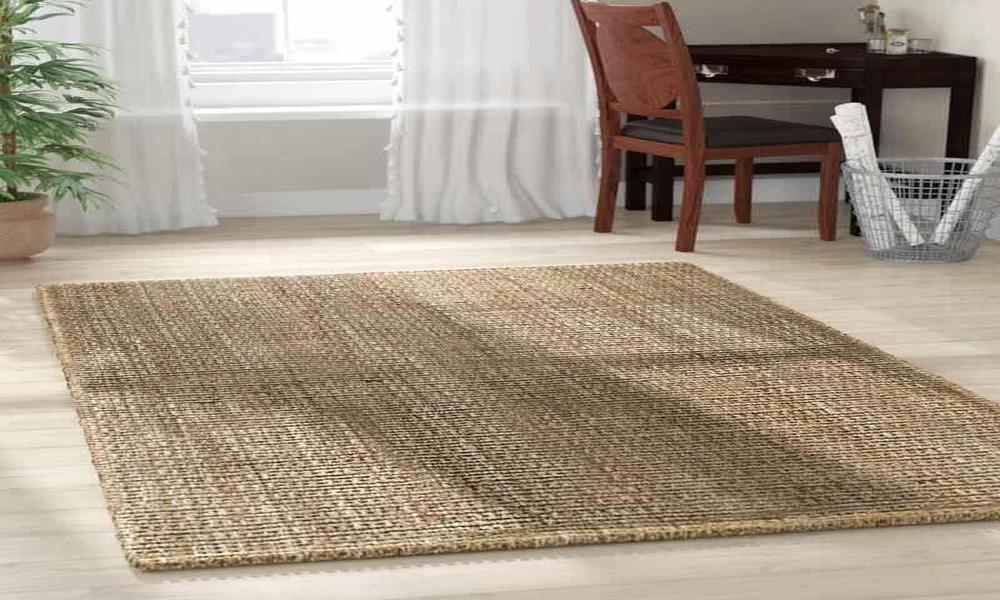Sisal rugs are generally safe for people with allergies, as they are made from natural fibers and do not contain synthetic materials or harmful chemicals. However, if you or someone in your household has specific allergies or sensitivities, it is important to take certain precautions and consider a few factors before choosing a Sisal rug:
Check added chemicals:
Some Sisal rugs may have been treated with chemicals to prevent staining or to enhance their color. Check the label or ask the manufacturer to ensure that the rug is free from any added chemicals that may cause an allergic reaction.
Low-pile rug:
Sisal rugs with a low-pile height may be a better choice for people with allergies, as they are easier to clean and may be less likely to trap dust, pollen, or other allergens.
Clean the rug regularly:
To reduce the number of allergens in the rug, it is important to clean it regularly. Vacuum the rug frequently, using a HEPA filter if possible, and consider using a steam cleaner or professional cleaning service to deep clean the rug every 6 to 12 months.
Test for sensitivities:
If you or someone in your household has a known sensitivity to natural fibers or plant materials, it is a good idea to test the rug in a small area before placing it in a larger room. This can help you determine if the rug is safe for use without causing an allergic reaction. By considering these factors and taking appropriate precautions, you can choose a Sisal rug that is safe and comfortable for everyone in your household.
How do I properly store my Sisal rugs if I need to remove them from the floor?
If you need to store your Sisal rug for an extended period, here are some tips to ensure that it remains in good condition:
Clean the rug: Before storing your Sisal rug, make sure it is clean and dry. Vacuum the rug thoroughly to remove any dirt or debris, and then use a dry cleaning solution to spot-clean any stains or spills. Allow the rug to dry completely before storing it.
Roll the rug: Roll the rug tightly, starting from one end and rolling towards the other. Use twine or cotton tape to tie the rug securely in place. Do not fold the rug, as this can damage the fibers.
Store in a dry place: Store the rolled rug in a dry, cool place that is free from moisture and pests. Avoid storing the rug in direct sunlight or areas with high humidity, as this can cause the fibers to weaken and break down.
Use acid-free paper: If you are storing the rug for a long period, consider wrapping the rolled rug in acid-free paper to protect it from dust and dirt. Do not use plastic to wrap the rug, as this can trap moisture and cause mold or mildew to form.


